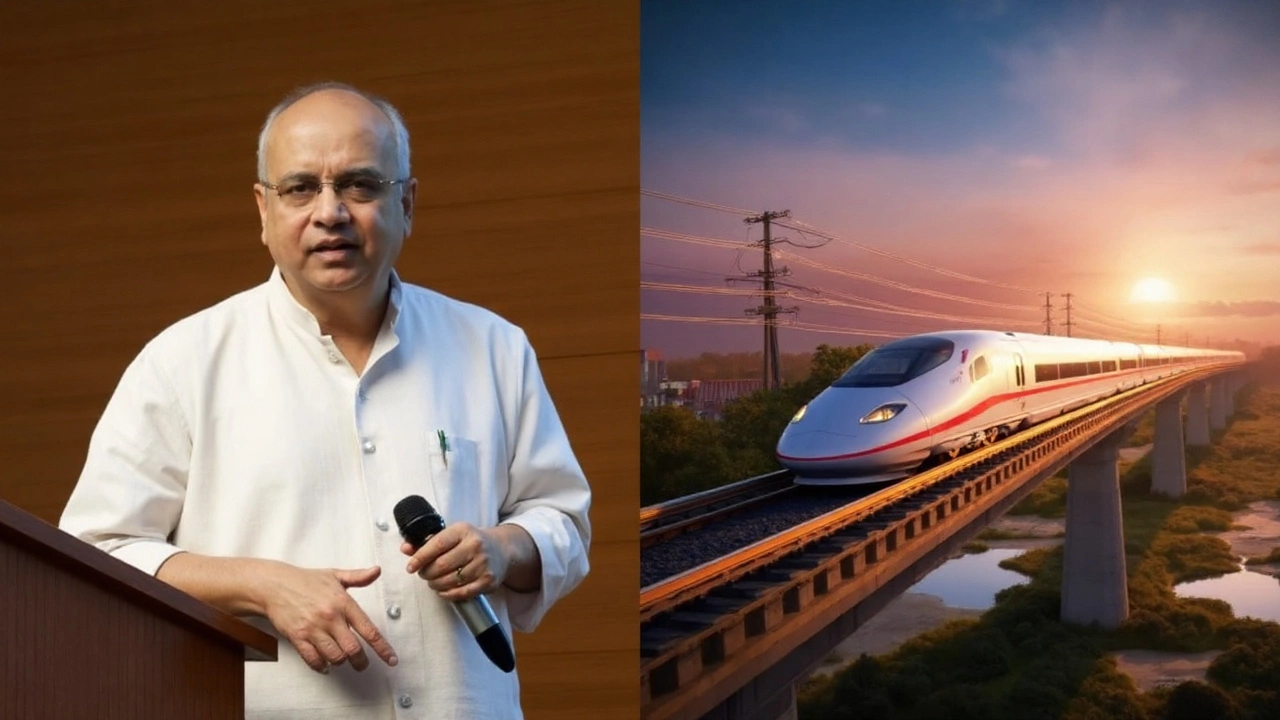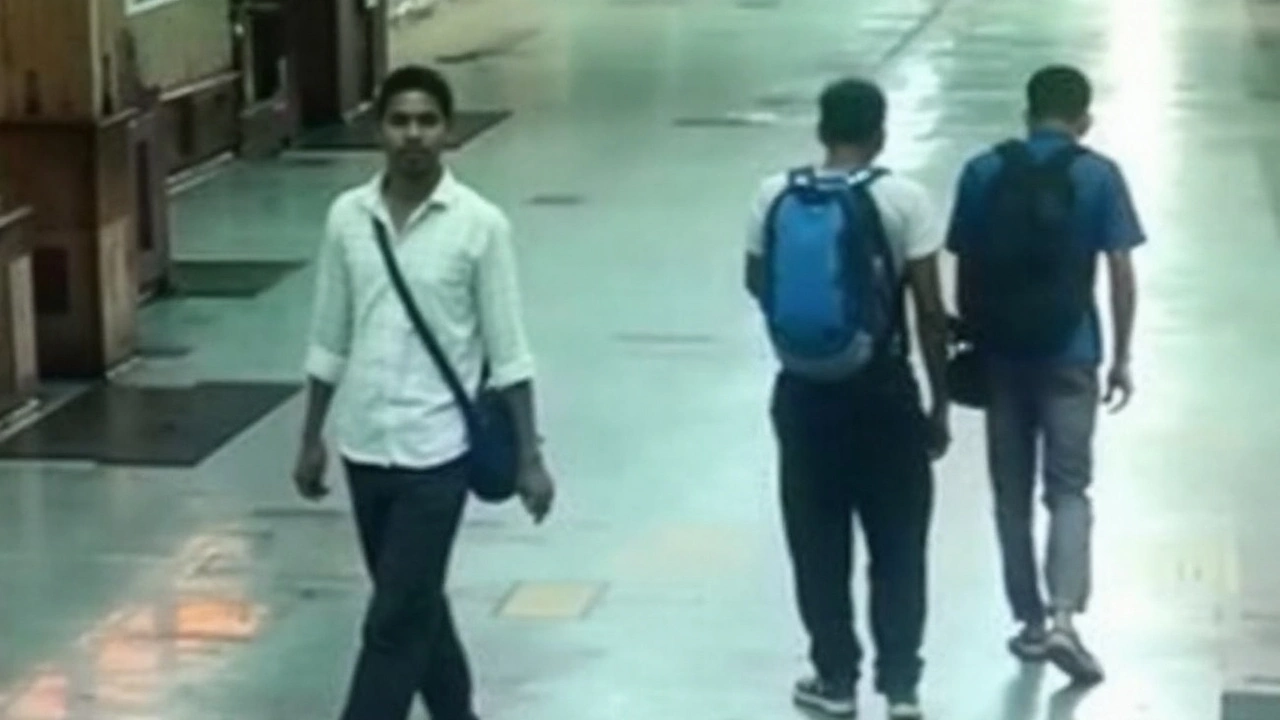Mumbai-Ahmedabad Bullet Train to Slash Travel Time, Uses Japan’s Shinkansen Tech

India's Bullet Train Project: Changing the Way We Travel
Bullet trains aren’t just crowd-pleasers in Japan—they’re about to shake up travel right here in India. Soon, hopping between Mumbai and Ahmedabad won’t mean an endless slog. Instead, passengers will cover that 508-kilometre stretch in as little as 2 hours and 7 minutes. That’s faster than a short nap or a decent movie. Union Railway Minister Ashwini Vaishnaw dropped the news alongside some handy details that set the whole railway upgrade into perspective.
Let’s talk numbers. The full project comes with a bullet train price tag: ₹1.08 lakh crore, with 81% of it funded by Japan International Cooperation Agency (JICA). What do we get for all that? A rail corridor shooting from Mumbai’s Bandra Kurla Complex right to Ahmedabad, zipping past Surat, Vadodara, and Vapi. The trains? They’ll hit up to 320 km/h, drawing on Japan’s famous Shinkansen—world-class when it comes to safety and speed. If you've seen viral videos of toys perfectly balanced on speeding bullet trains, you're seeing the tech India is buying into.
The opening plan is staged. By 2027, the Mumbai to Sabarmati section is expected to take off, with the full stretch up and running by 2029. Construction crews are busy laying tracks, raising bridges, and fitting out stations. In Gujarat’s Ranavav, for example, a brand-new ₹135 crore coach maintenance hub is under construction. The project isn’t just big city glitz—smaller towns along the route are gearing up for more business and better connections.

More Than Just Fast Trains: Railways Get a Modern Makeover
The bullet train is grabbing headlines, but Indian Railways is quietly rewriting the rulebook elsewhere. Vaishnaw has announced the launch of Amrit Bharat Express, a train promising premium comforts without the luxury prices. Think of it as bringing AC comfort to the middle class, changing the usual vibe of long-distance train travel. For cities sometimes left on the platform, new express services are coming up—Ayodhya, Rewa-Pune, and Jabalpur-Raipur—all recently flagged off virtually.
And it’s not just about moving people. The Gati Shakti cargo terminals are coming up across the country, letting goods train move faster and easier. Meanwhile, a whopping 1,300 stations are set for upgrades, aiming to make waiting rooms, toilets, and platforms feel less like relics from the last century and more like somewhere you might actually want to spend time.
The bullet train project is proof that Indian Railways wants to keep up with world standards. Regular trains are getting upgrades, stations are in line for facelifts, and freight lines are being modernized. As work continues through the next few years, the Mumbai-Ahmedabad high-speed rail will be seen as more than an engineering achievement—it’s a signal that rail travel here is about to get a lot faster, a lot smoother, and yes, a lot cooler.